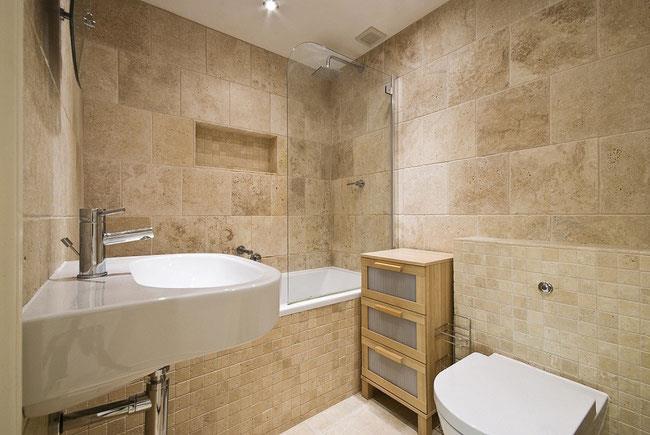Whether or not it's calculus: That's not the point
-

-
-
Whether or not it's calculus: That's not the point
-
Whether or not it's calculus: That's not the point!
An answer to a few vowels about building stones
In this short essay we will try to answer some vignettes or even myths about building stones. Vocabulary we hear most from customers like "Good stone has an indefinite life", "Limestone is not good for the facade of the building" and ...
"Good stone has an unlimited life."
If we meditate a bit on this proposition, we will quickly reach the watercourse - unconsciously. The word "stone" in our subconscious equals immutability, since we expect the stone to have an unlimited life. The truth is, of course, that the soil is made up of stone powders, so even raw rock with no unprocessed processing has a limited life span, let alone a masonry that has withstood the pressure of a cutting machine and its thickness to approx. It has reached two centimeters. When we tell customers that building stone, like any other commodity, has an expiration date, their eyes are basically rounded and they ask, "Does that mean the stone is going to disappear?" Yes, although it's longer than many other commodities, it is ultimately a stone. It has a limited lifespan that varies with the type of stone. It is true that some rocks will last several hundred years, but this does not mean unlimited stone life.
"Limestone is not good for the facade at all."
The bitter truth that most customers deplete in the face of mold is that the travertine stone, which is most commonly used in building facades, is quite calcareous. Travertine rock is formed from the deposition of minerals found in hot springs, which unfortunately are most of the minerals calcium and magnesium, and in the carbonate bond form calcium carbonate, which is the main constituent of lime. Of course, this is almost certainly the case. Because lime or gypsum is easily dissolved in water, we think that limestone will not last long. The article "What We Talk About When We Talk About Stone Travertine" explained in detail what unique features Travertine had in common with its use in building facades.
"Gender or Processing: The Problem Is Right Here"
The concern of most customers when visiting or purchasing masonry is more related to the stone and mine than to the processing; however, if we are to reasonably and scientifically seek to purchase the stone, we must find precise information on how to process the stone in the production unit. Why? The answer is very clear. If you go to the internet and check out the physical characteristics of the travertine of Bukhari Valley, Hajiabad, Abbasabad, Abyaneh, Takab, etc. you will find that most of the travertine quarries have similar properties. Although the rate of water absorption of the heater valley is lower than that of the Takab stone, this does not make the valley heater mine superior to the Takab mine because the water absorption of the Takab stone is within acceptable range. Although the porosity of the Hajiabad mine is lower than the Abyaneh mine, this does not make Hajiabad superior to the Abyaneh mine because the Abyaneh rock porosity is within acceptable range. So simply relying on the physical properties of the stone or the same type of stone is not enough to buy and we should go further to the quality of stone processing to make sure we make the right purchase
-